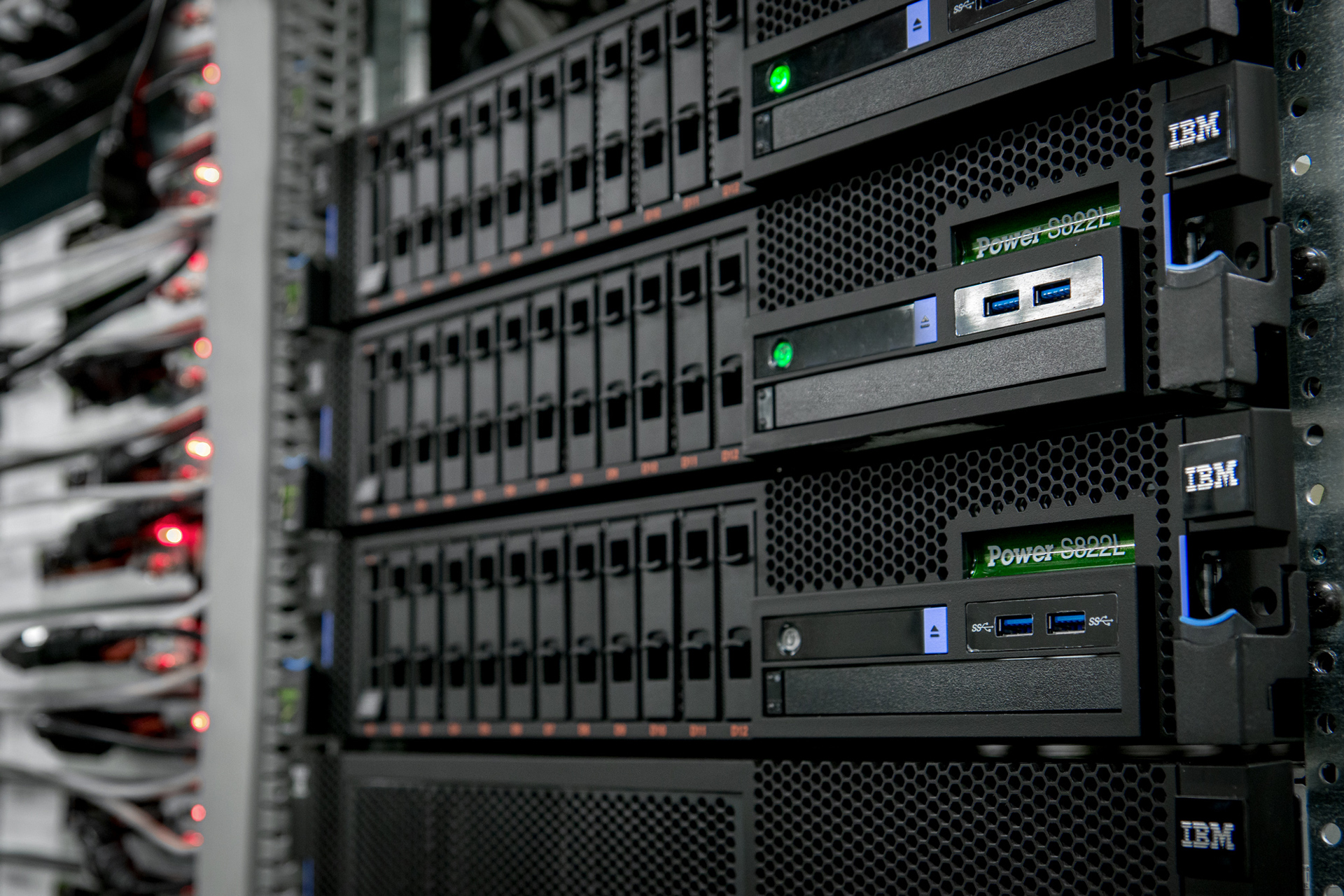The objective is to mount an OVH object container on a Debian machine. For this, we will use the S3QL utility. The repository can be found here: https://bitbucket.org/nikratio/s3ql
Installing S3QL
On Debian, a quick:
sudo apt install s3ql
and you’re good to go.
Mount Configuration
Next, it’s time to configure it with OVH. The OVH documentation is well-written: https://www.ovh.com/fr/g1908.monter_un_conteneur_dobjet_avec_s3ql
Personally, the following commands are very useful to me. I use a Seafile server, and the files are stored in the container.
Practical Case for a Seafile Server
Mount the container with the permissions for a Seafile user:
sudo -u seafile mount.s3ql --allow-other --authfile /home/seafile/s3qlcredentials.txt swiftks://auth.cloud.ovh.net/GRA1:seafile /mnt/ctn-seafile/
Occasionally, some maintenance is necessary:
sudo fsck.s3ql --authfile /home/seafile/s3qlcredentials.txt swiftks://auth.cloud.ovh.net/GRA1:seafile
Conclusion
I lack a comprehensive understanding of the system, but in practice, I have to admit that I wouldn’t recommend this architecture for a production system. OVH themselves do not strongly recommend this setup (see their documentation). Furthermore, I’ve encountered data corruption issues and have been forced to run fsck both at the Seafile level and with S3QL.
NOTE: In case of a machine shutdown, you should stop Seafile first and then unmount the S3QL folder. The same process applies for a startup: first mount the folder with S3QL and then start the Seafile server. I will update this post as soon as I find the best method to handle this scenario.

